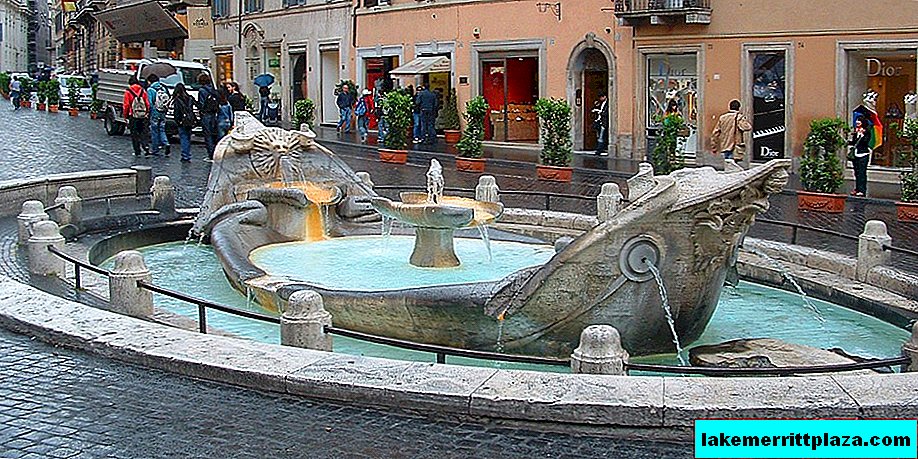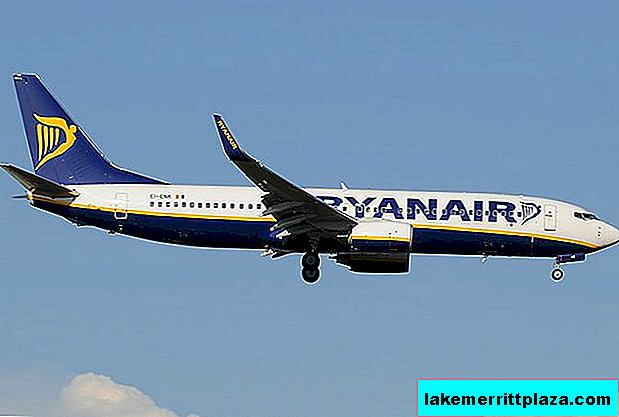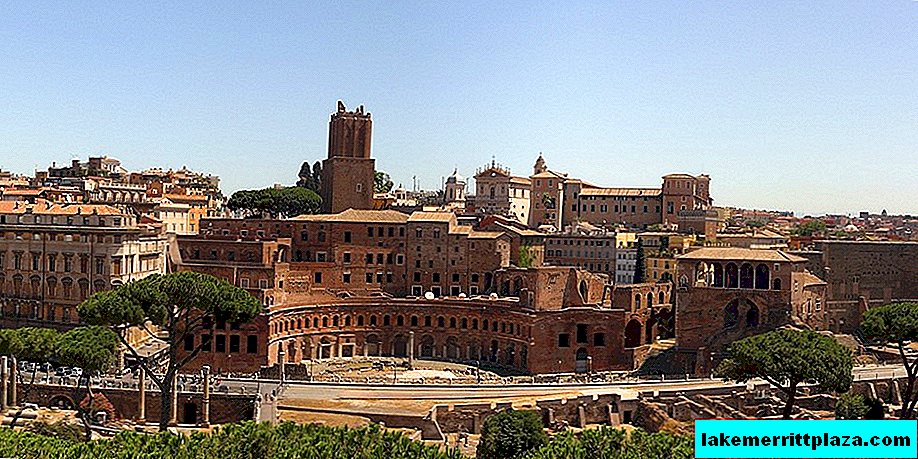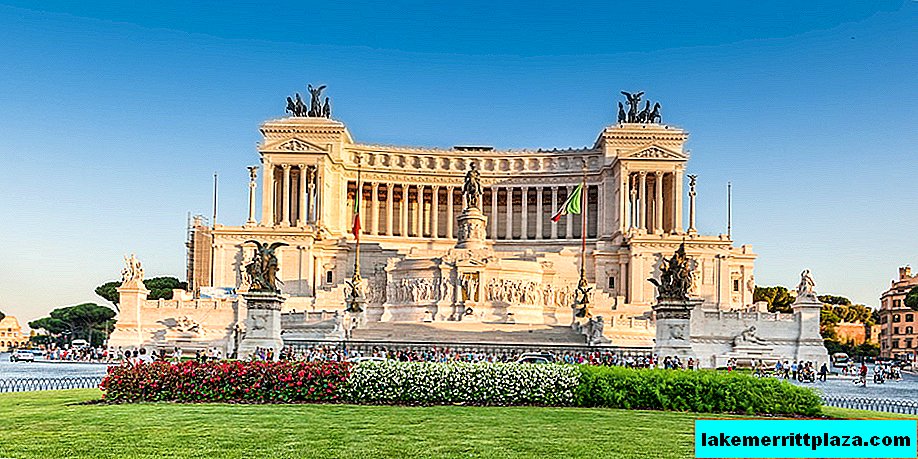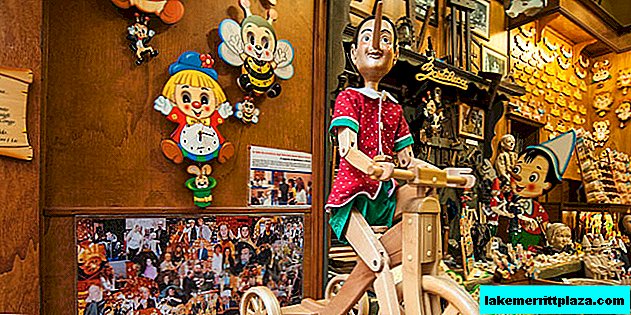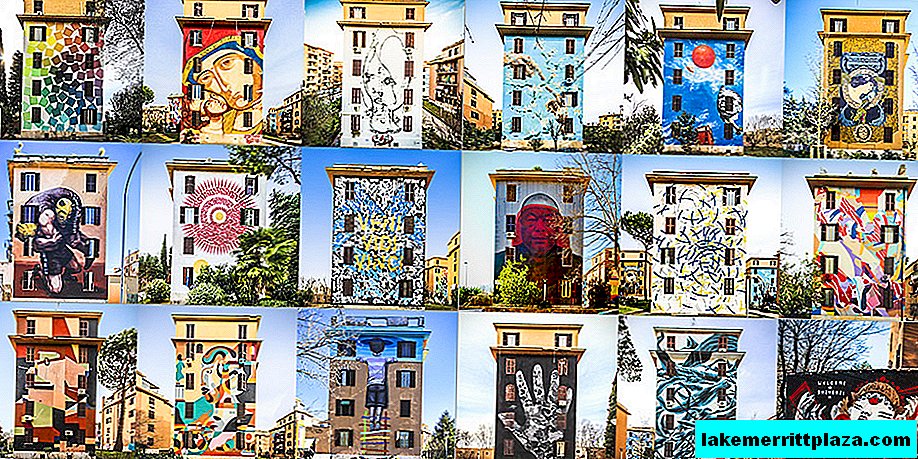The main transport gate of Rome is Termini Train Station (Stazione di Roma Termini - Giovanni Paolo II).
Every day, trains starting from Termini deliver passengers to all major cities in Italy, as well as to Paris, Munich, Geneva, Brussels, Vienna. 29 railway platforms located on 225 thousand meters2 , allow Termini to pass through itself over 150 million travelers a year, which ensures the station the status of one of the largest transport hubs in Europe.
Story
Termini got its name from the area of Rome in which it is located. And the district, in turn, inherited the name from the baths of the emperor Diocletian (lat. Diocletianus), located in this area earlier. In Latin, "thermae" means - "baths". Antique baths were across the street from the modern station.
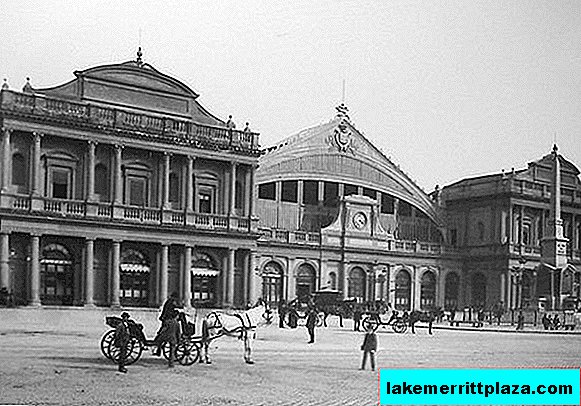
February 23, 1863 Pope Pius IX (lat. Pius IX) inaugurated the first railway station in Rome - Termini. At that time, the train could deliver a passenger from Rome to Frascati, Civitavecchia or Ceprano. Unlike the Paris model, which has several stations distributed throughout the city, for using various railway lines, Termini was endowed with a single starting point for all available lines.
The villa of Montalto-Peretti (16th century) was chosen as the building of the railway station. Termini's first historical name was "Stazione Centrale delle Ferrovie Romane" - "Central Station of the Roman Railway." The serious development of the station began in 1868 and was completed in 1874 already under the flag of a united Italy. The architectural appearance of the building was occupied by Salvatore Bianchi. The facade overlooked Via Cavour, one of the longest streets of Rome.
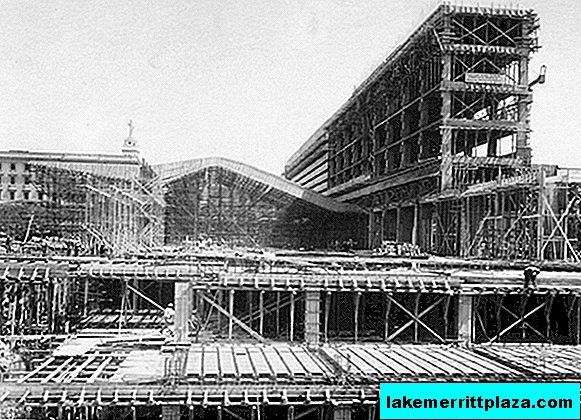
In 1937, it was decided to reconstruct the old station building. Before the sad events of World War II, the Roman authorities managed to dismantle the old station and partially erect new buildings. In 1943, after the fall of the Mussolini regime (Benito Mussolini), construction work led by Angelo Mazzoni (Angiolo Mazzoni) was frozen. American aircraft launched massive attacks on the railways of Rome and the surrounding territories. For some time, the rail link between north and south of Italy was paralyzed.
Modern look
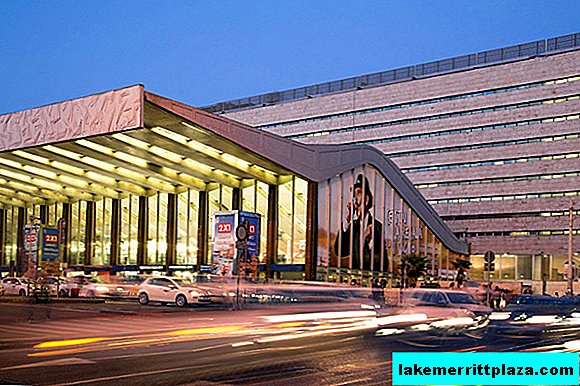
Termini gained its present look thanks to two teams of architects who won the restoration competition held in 1947. The new building was distinguished by a large spacious hall, with a high ceiling and monumental elements of decor. It was presented to the general public in 1950.
The facade of the station was decorated with a glass wall covering the building from floor to ceiling. A wave-shaped roof flaunts above, which is a modern interpretation of the architecture of Ancient Rome. A long visor that ends almost over the roadway, protecting passengers from bad weather.
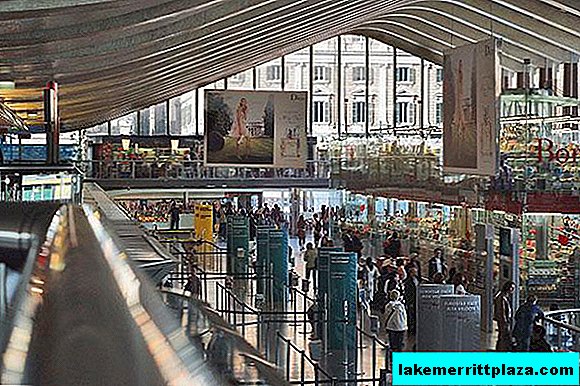
The back of the hall is equipped with ticket offices and vending machines for train tickets. The front part of Termini is decorated with an aluminum frieze from the Hungarian modernist sculptor Amerigo Tot. In his works, the author wanted to show the dynamics, sound and speed of passing trains.
December 23, 2006 Termini was dedicated to Pope John Paul II (Giovanni Paolo II). On Cinquicento Square, opposite the railway station, there is a monument depicting a pontiff, ready to take all those in need under his “wing”.
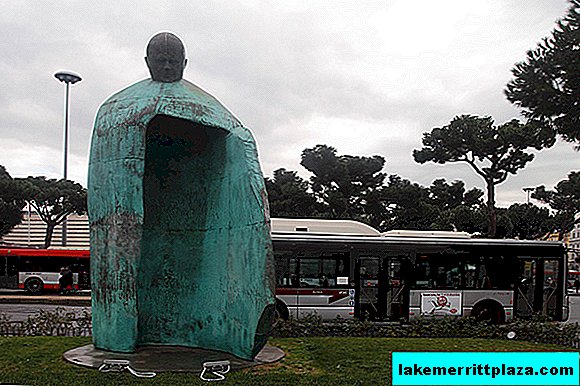
Just a 10-minute walk from Termini is one of the sights of Rome - the Basilica of Santa Maria Maggiore.
Internal organization
Termini Station in Rome is equipped to the highest standards of the European Union. On the territory of the station there are services: cash desks, car rental, left-luggage offices, toilets, currency exchange and banking terminals, post office, law enforcement agencies, travel agencies, information terminals and bureau of found things.
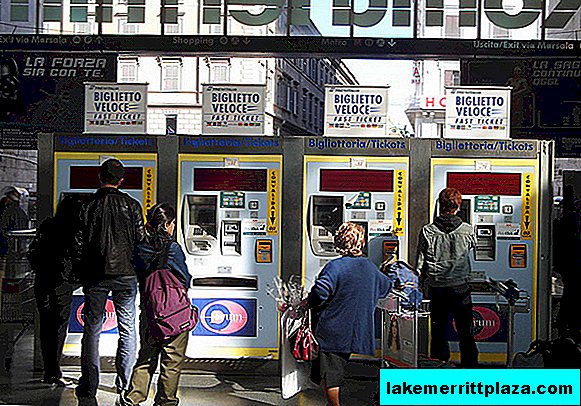
- Cashboxes (Biglietteria) work from 06:30 to 22:00, without breaks. You can get to the ticket office from the entrance with Piazza dei Cinquecento and Via Giolitti. Also, 60 ticket vending machines are distributed throughout the station.
- Left-luggage offices (Ritiro bagagli) work from 6:00 to 23:00 without a break. Storage cost: 6 euros for each piece of luggage for the first 5 hours, from the 6th to the 12th hour: 0.90 euros / hour, and then 0.40 euros for each additional hour.
- Toilets located on the underground floor and work from 06:00 to 23:00, the cost of visiting is 1 euro per person.
- Also inside the station there are many shops, cafes, pharmacies and even a gym.
Security
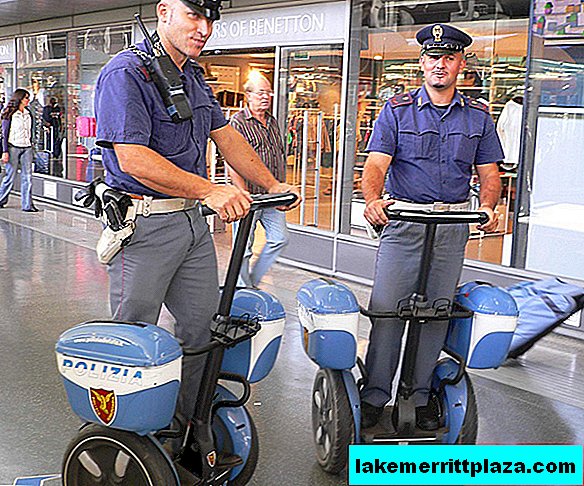
Railway Police Office looks at the 13th platform, and is located along the 1st. For safety issues inside the station or trains, you can contact by phone: 06 46203401.
In the building of the station there are many surveillance cameras, law enforcement officers are on duty and this is not easy. Given the huge passenger traffic, Termini is a tasty place for all sorts of scammers and antisocial elements. Be careful with your documents, wallet and baggage. The station has a good level of security, but being on the alert will never be superfluous.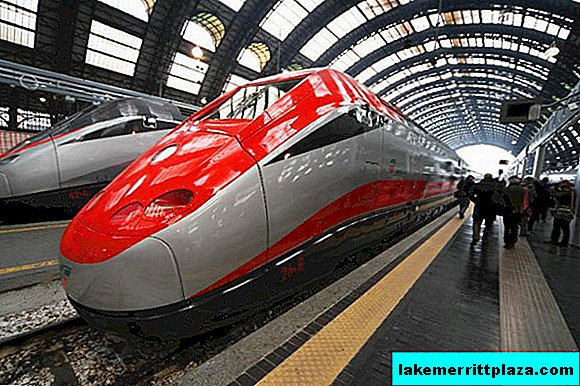
How to get there
- Address: Piazza dei Cinquecento
- Metro: Under the Cinquicento Square, the metro lines A and B intersect (Termini Station), which allows you to easily get from Termini even to a remote corner of Rome.
- Bus: No. 105 takes you directly to the station, No. 16,38,40,50,60,6L, 64, 75,82,85,90,92,170,223,310,590,714,910, H, N1, N12, N18, A10, B10, L80 will take passengers from anywhere in the Eternal cities to Cinquicento Square.
- Tram: No. 5.14 (Termini Station).

- From Fiumicino Airport (Fiumicino) to the very Termini there is a first-class high-speed train “Leonardo Express”. Journey time: 30 minutes, departs every half hour, ticket price: 14 euros. See instructions on how to get from Fiumicino to Rome.
- Official site: www.romatermini.com. Map of the railway station, service hours, train schedules and other useful information.
- View train schedules and reserve tickets in advance, you can visit the following sites: www.trenitalia.com and www.italotreno.it
- I personally always use ItaloTreno.
- See step-by-step instructions on how to independently buy tickets for Italian trains online.
Hotels nearby
There are many cheap and not so hotels near Termini Station - see all options nearby. The area is one of the most dangerous in Rome and the locals bypass it, but many travelers are not afraid. If you stay in Rome for more than 2 days and your goal is to fall in love with the Eternal City, enjoy the Great Beauty, then look for a hotel in another more prosperous and beautiful area. If you need a train it is better to pay 10-15 euros and come here by taxi or for 1.5 euros by public transport.
People (travel managers) who “recommend” to you a hotel near Termini, most likely never been to Rome or pursue other interests. Living with Romanians, Bangladeshis who came here from hopelessness is not a good idea. We have warned you.
Pay attention to the Trastvere district with its fabulous atmosphere and restaurants. Before planning your trip, be sure to read the reviews:
- 4 star hotels in Rome - reasonable offers for the right price;
- Hotels in Rome 5 stars - for the most demanding tourists. We strive not to save, but to earn more;
- The cheapest hotels in Rome - if the budget is limited, then at least so;
- Hostels in Rome - dedicated to students and extreme travelers;
- 3-4 star hotels - between 80-100 euros per day - conveniently located, but not in the center;
- How to rent an apartment in Rome at the sights - a good alternative to hotels, suitable for large families with children.
Watch the video (from 20 seconds to 6 minutes) on the purchase of train tickets in the machine and meals at the station:


